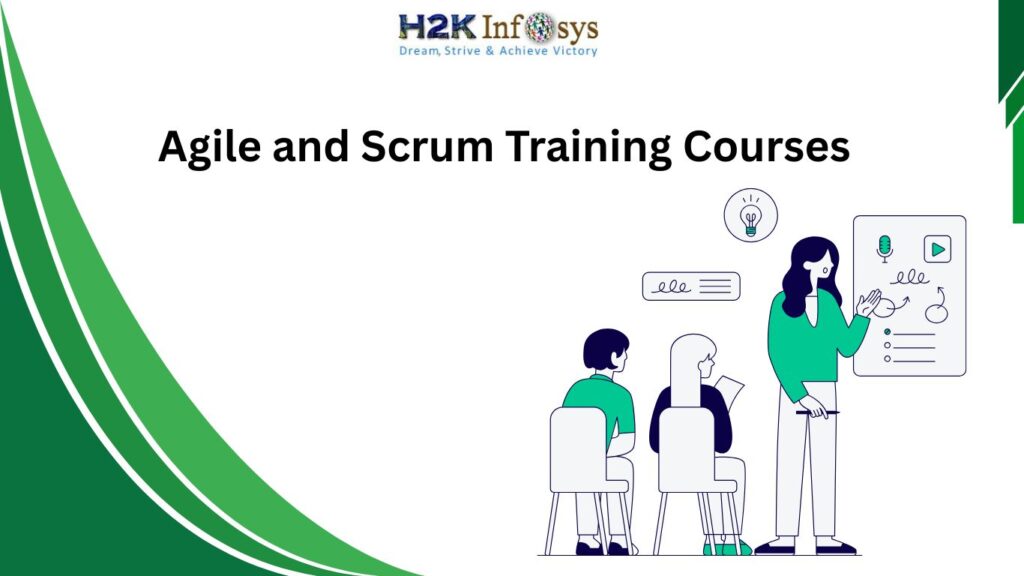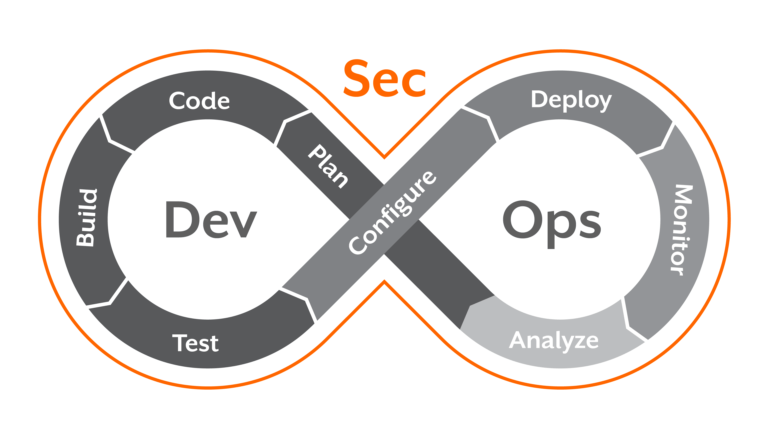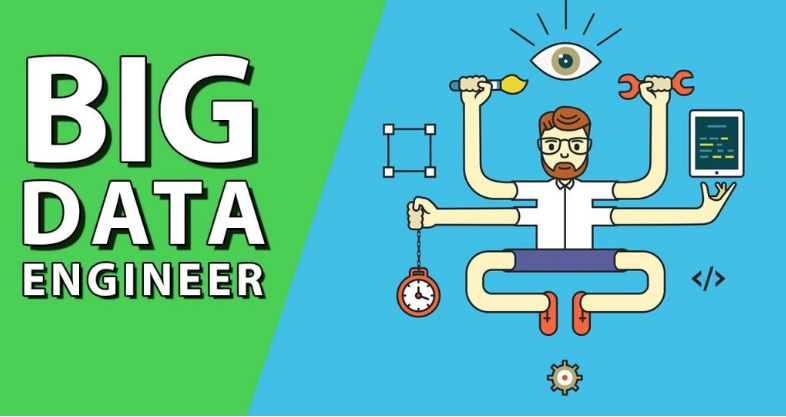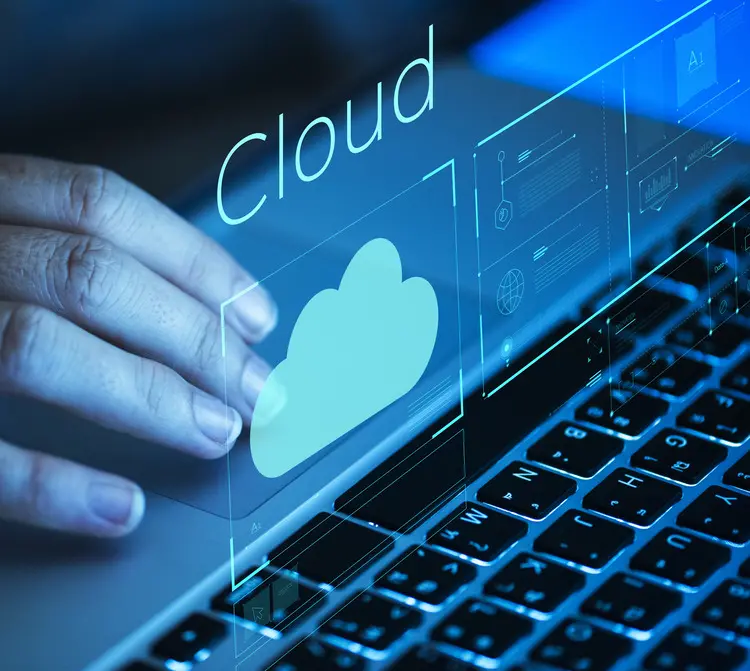In the rapidly evolving landscape of technology, data has become one of the most valuable assets for businesses and organizations across the globe. As the volume of data continues to grow exponentially, the ability to effectively manage, analyze, and leverage this data has become crucial for decision-making, innovation, and competitive advantage. This is where data applications come into play. But what exactly are data applications? In this comprehensive overview, we will explore the concept of data applications, their types, key components, and their significance in various industries.
Understanding Data Applications
Data applications are software programs or systems designed to collect, store, process, analyze, and present data in a way that is meaningful and actionable for users. These applications serve as tools that enable organizations to harness the power of data to drive insights, make informed decisions, and optimize processes. Data applications can vary in complexity, from simple data visualization tools to sophisticated machine learning algorithms.
Types of Data Applications
Data applications can be broadly categorized into several types based on their functionality and purpose:
- Data Collection Applications
- These applications are responsible for gathering data from various sources, such as sensors, user inputs, or external databases. They ensure that data is captured accurately and efficiently for further processing. Examples include survey tools, web scraping tools, and IoT (Internet of Things) data collectors.
- Data Storage Applications
- Data storage applications focus on securely storing large volumes of data in databases or data warehouses. These applications often include features like data encryption, backup, and recovery to ensure data integrity. Common examples include relational databases like MySQL and NoSQL databases like MongoDB.
- Data Processing Applications
- These applications are used to clean, transform, and prepare data for analysis. Data processing applications may involve tasks such as data validation, data enrichment, and data integration. ETL (Extract, Transform, Load) tools like Apache NiFi and Talend are popular examples of data processing applications.
- Data Analysis Applications
- Data analysis applications are designed to extract insights from data through various methods, such as statistical analysis, data mining, and machine learning. These applications help organizations uncover patterns, trends, and correlations within their data. Examples include tools like Microsoft Power BI, Tableau, and R.
- Data Visualization Applications
- Data visualization applications present data in a graphical or visual format, making it easier for users to interpret complex data sets. These applications often include features for creating charts, graphs, dashboards, and reports. Popular data visualization tools include Google Data Studio, Tableau, and D3.js.
- Data Integration Applications
- Data integration applications enable organizations to combine data from multiple sources into a unified view. These applications facilitate the seamless flow of data across different systems, ensuring that all relevant data is accessible and usable. Examples include Informatica PowerCenter and MuleSoft.
- Data Governance Applications
- Data governance applications are used to manage and enforce data policies, standards, and regulations within an organization. These applications ensure data quality, security, and compliance with legal and industry requirements. Collibra and Alation are well-known data governance tools.
- Data Security Applications
- Data security applications protect data from unauthorized access, breaches, and cyber threats. These applications often include encryption, access control, and monitoring features to safeguard sensitive data. Examples include tools like IBM Guardium and McAfee Total Protection.
Key Components of Data Applications
While data applications may vary in their specific functionalities, they typically share some common key components:
- Data Sources
- Data sources are the origins of the data that is processed by the application. These sources can include databases, APIs, IoT devices, social media platforms, and more. The quality and diversity of data sources play a critical role in the effectiveness of data applications.
- Data Pipeline
- A data pipeline is the sequence of processes involved in collecting, transforming, and delivering data to its final destination. It includes steps such as data ingestion, cleansing, transformation, and loading. Data pipelines are essential for ensuring that data flows smoothly from source to application.
- Data Storage
- Data storage refers to the systems or databases where data is stored and managed. Depending on the application, data storage can range from on-premises databases to cloud-based data warehouses. The choice of storage solution impacts the scalability, performance, and security of the data application.
- Data Processing Engine
- The data processing engine is the core component responsible for performing computations, transformations, and analyses on the data. It may involve the use of algorithms, machine learning models, or statistical methods to derive insights from the data.
- User Interface
- The user interface (UI) is the front-end component that allows users to interact with the data application. It provides visualization tools, dashboards, and reporting features that enable users to explore and interpret data. A well-designed UI enhances the user experience and usability of the application.
- APIs and Integration
- Application Programming Interfaces (APIs) and integration components enable data applications to communicate with other systems and applications. This allows for seamless data exchange and integration across different platforms, enabling organizations to create a cohesive data ecosystem.
- Security and Compliance
- Security and compliance features are critical for protecting sensitive data and ensuring that the application adheres to legal and industry regulations. This includes encryption, access controls, auditing, and monitoring capabilities.
The Significance of Data Applications
Data applications have become indispensable tools for organizations across various industries. Their significance can be understood through several key benefits:
- Enhanced Decision-Making
- Data applications provide organizations with the ability to make data-driven decisions. By analyzing data in real-time, organizations can respond quickly to market changes, customer preferences, and emerging trends.
- Operational Efficiency
- Data applications streamline processes by automating tasks, reducing manual effort, and optimizing resource allocation. This leads to increased operational efficiency and cost savings.
- Customer Insights
- Through data applications, organizations can gain deeper insights into customer behavior, preferences, and needs. This enables them to personalize offerings, improve customer satisfaction, and build stronger relationships.
- Innovation and Competitive Advantage
- Data applications empower organizations to innovate by uncovering new opportunities, identifying gaps in the market, and predicting future trends. This innovation can lead to a competitive advantage in the industry.
- Compliance and Risk Management
- With data governance and security applications, organizations can ensure compliance with regulations and mitigate risks associated with data breaches or unauthorized access.
- Scalability and Flexibility
- Data applications are designed to scale with the growth of data, allowing organizations to handle increasing volumes of data without compromising performance. Additionally, these applications offer flexibility in adapting to changing business needs.
Data Applications in Different Industries
Data applications are used across various industries to address specific challenges and achieve business objectives. Here are some examples of how different sectors leverage data applications:
- Healthcare
- In healthcare, data applications are used for patient record management, predictive analytics for disease outbreaks, personalized treatment plans, and medical research. They help improve patient outcomes, optimize hospital operations, and advance medical knowledge.
- Finance
- In the financial sector, data applications are employed for risk management, fraud detection, investment analysis, and regulatory compliance. They enable financial institutions to make informed investment decisions, detect suspicious activities, and manage financial risks effectively.
- Retail
- Retailers use data applications for inventory management, customer segmentation, sales forecasting, and personalized marketing. These applications help retailers optimize supply chains, enhance customer experiences, and increase sales.
- Manufacturing
- In manufacturing, data applications are used for predictive maintenance, quality control, production optimization, and supply chain management. They help manufacturers reduce downtime, improve product quality, and optimize production processes.
- Telecommunications
- Telecommunications companies utilize data applications for network optimization, customer service analytics, and churn prediction. These applications help improve network performance, enhance customer satisfaction, and reduce customer attrition.
- Education
- In education, data applications are employed for student performance tracking, personalized learning, and institutional planning. They enable educators to tailor learning experiences, monitor student progress, and make data-driven decisions for curriculum development.
Conclusion
Data applications have become integral to the modern business landscape, offering powerful tools to harness the value of data. By enabling organizations to collect, process, analyze, and visualize data, these applications drive innovation, enhance decision-making, and optimize operations. As data continues to grow in importance, the role of data applications will only expand, making them essential for organizations seeking to thrive in a data-driven world.
Understanding the different types of data applications, their key components, and their significance across various industries is crucial for leveraging their full potential. Whether you’re in healthcare, finance, retail, or any other sector, data applications can provide the insights and tools needed to stay ahead of the competition and achieve your business goals.






























One Response